Home>Articles>What Are The Names Of The Hand Tools Used To Dig Pole Holes By Hand
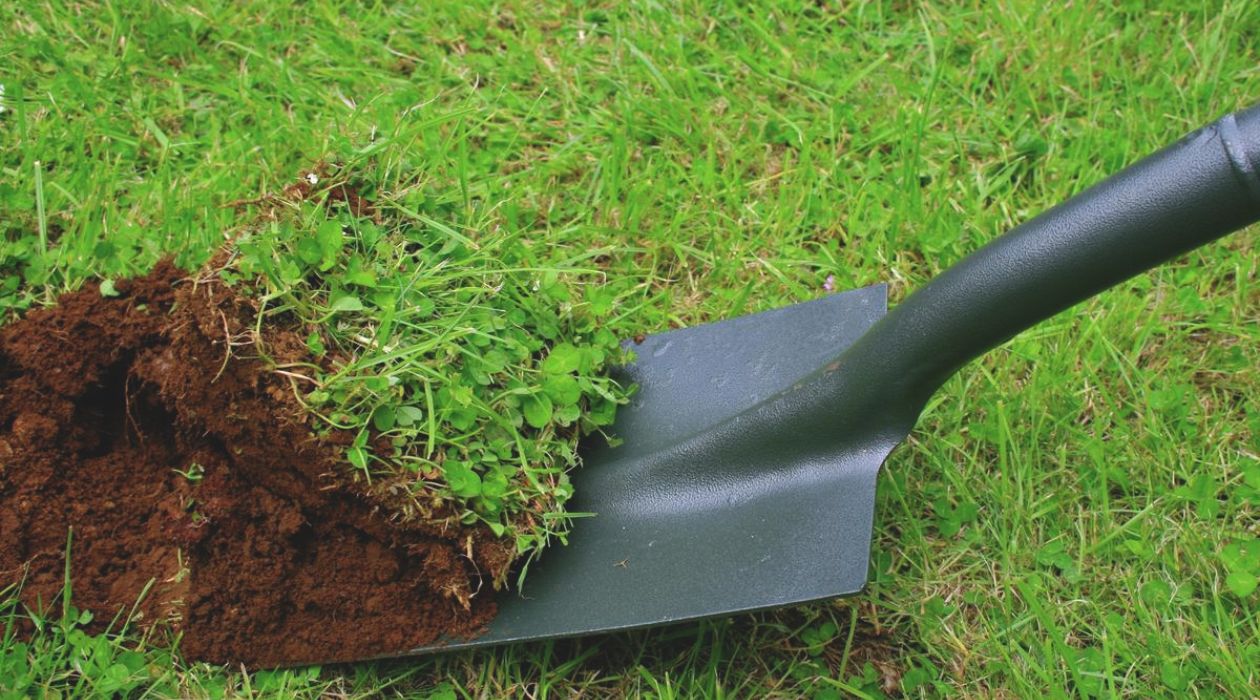

Articles
What Are The Names Of The Hand Tools Used To Dig Pole Holes By Hand
Modified: December 7, 2023
Discover the essential hand tools used for digging pole holes by hand. Find articles on the names of these tools and how to use them effectively.
(Many of the links in this article redirect to a specific reviewed product. Your purchase of these products through affiliate links helps to generate commission for Storables.com, at no extra cost. Learn more)
Introduction
When it comes to digging pole holes by hand, having the right tools is essential. Whether you’re a professional installer, a DIY enthusiast, or just need to dig a hole for a small project, using the appropriate hand tools can make the job more efficient and less physically taxing. In this article, we will explore the different types of hand tools used to dig pole holes and their specific functions.
From shovels to post-hole diggers, there are various tools available to suit different soil types, hole sizes, and personal preferences. Understanding the characteristics and uses of each tool will help you select the right one for your specific needs and achieve the best results.
So, let’s get started and delve into the world of hand tools for digging pole holes!
Key Takeaways:
- Choose the right hand tool for digging pole holes to make the process efficient and less physically demanding. Shovels, spades, post-hole diggers, and trowels cater to various soil types and digging requirements.
- For tough soil conditions, consider using augers and mattocks for their power and cutting capability. Prioritize safety, durability, and comfort when selecting hand tools for digging pole holes.
Read more: How To Drill Holes In A Car With Hand Tools
Shovels
One of the most common and versatile hand tools used for digging pole holes is the shovel. Shovels come in various sizes and shapes, allowing you to choose the one that suits your specific digging needs.
The standard shovel features a long handle made of wood or fiberglass and a wide, curved metal blade. The blade is designed to scoop up loose soil, gravel, or other materials easily. Shovels are ideal for digging shallow to medium-depth pole holes, especially in loose or sandy soil.
For more demanding projects, such as digging in compacted or rocky soil, specialized shovels like the digging shovel or the spade shovel may be more suitable. Digging shovels have a pointed tip that helps penetrate the ground, while spade shovels have a flat, squared-off blade that makes it easier to break through hard soil and remove it in chunks.
When using a shovel to dig pole holes, it is important to use proper technique to prevent strain or injury. Place the blade into the ground at an angle, step on the back of the blade, and use your weight to drive it into the soil. Then lift the shovel, twist it slightly, and toss the soil aside. Repeat this process until you reach the desired depth.
Remember to choose a shovel with a comfortable grip and a sturdy construction for optimal performance and durability. Consider the length of the handle as well, as it should be long enough to minimize bending and strain on your back.
Overall, shovels are an indispensable tool when it comes to digging pole holes by hand. Their versatility, ease of use, and availability make them a favorite choice for both professionals and DIY enthusiasts alike.
Spades
Another type of hand tool commonly used for digging pole holes is the spade. Like shovels, spades come in various designs and sizes, each with its own specific features and functions.
Spades are characterized by their flat, rectangular blades and short handles. The straight-edged blade of a spade makes it more efficient for cutting through tough soil and roots. It is particularly useful when digging in compacted or clayey soil, where a shovel may struggle to penetrate.
For digging pole holes, a border spade or a digging spade is commonly used. A border spade has a narrower blade and a shorter handle, making it suitable for working in tight spaces or when precision is required. On the other hand, a digging spade has a wider blade and a longer handle, providing more leverage and power for deeper and larger holes.
When using a spade to dig pole holes, start by positioning the blade at the desired location and push it into the ground using your foot or body weight. Then, lean back on the handle and lift the spade, bringing the soil up and out of the hole. It may require some effort, especially when dealing with tougher soil conditions, but the cutting edge of the spade will help you break through and lift the soil more effectively.
When selecting a spade, choose one with a strong and durable blade made of high-quality steel. Look for a comfortable and ergonomic handle that provides a solid grip to reduce hand fatigue. Consider the weight and balance of the spade as well, ensuring it is well-balanced and easy to maneuver.
In summary, spades are excellent hand tools for digging pole holes, especially in compacted or heavy soils. Their sharp, straight-edged blades and compact size make them ideal for cutting through tough ground and removing soil efficiently.
Post-hole Diggers
When it comes to digging deep and narrow pole holes, post-hole diggers are the go-to tools. These specialized hand tools are designed specifically for creating holes that are straight-sided and uniform in diameter, making them ideal for installing fence posts, signposts, and other vertical structures.
Post-hole diggers consist of two long handles connected by a pivoting mechanism. At the end of each handle, there are usually two sharp metal blades, known as scoop blades or clamshell blades. These blades work together to scoop out the soil and create a hole as the handles are pressed together and then spread apart.
Using a post-hole digger involves positioning the blades at the desired location and squeezing the handles together to drive the blades into the ground. Once the blades are fully embedded, you can then open the handles to close the blades and scoop out the soil from the hole. Repeat this process, alternating the position of the handles, until you achieve the desired hole depth.
Post-hole diggers come in different sizes to accommodate various hole diameters. The most common sizes include 6-inch, 8-inch, and 12-inch models. It’s important to select the right size based on the intended use and the size of the poles or posts you will be installing.
When choosing a post-hole digger, look for one with sturdy, durable handles and sharp blades made from high-quality steel. The handles should have comfortable grips to reduce hand fatigue during prolonged use. Additionally, consider the overall weight of the digger, as lighter models can be easier to handle and maneuver.
Overall, post-hole diggers provide a quick and efficient way to dig deep and precise pole holes. Their design allows for consistent hole diameter and ensures that the holes remain straight-sided, which is essential for secure installations and upright structures.
Trowels
When it comes to smaller-scale projects or working in confined spaces, trowels are the go-to hand tools for digging pole holes. Trowels are small, handheld tools with a flat blade that is used for smoothing and shaping soil, as well as for excavating small holes.
Trowels are commonly used in gardening, landscaping, and construction work where precision and control are crucial. They are especially useful for digging holes in areas with limited access or when working in between existing plants or structures.
Trowels come in various designs and sizes, but the most common type used for digging pole holes is the garden trowel. Garden trowels have a narrow, pointed blade that allows for precise and controlled digging. The blade is typically made of stainless steel or carbon steel for durability and resistance to rust.
Using a trowel to dig pole holes involves inserting the blade into the soil and applying downward pressure to break through the ground. With a twisting motion, you can sow the trowel back and forth to excavate the soil and create a hole. Trowels are particularly effective in loose or sandy soil, as their narrow blades can easily penetrate and scoop out the soil.
When selecting a trowel, look for one with a comfortable handle that provides a secure grip. Handles made of rubber or hard plastic can offer better control and reduce hand fatigue during extended use. Consider the size of the trowel as well, ensuring it is small enough to maneuver in tight spaces but large enough to handle the volume of soil you need to remove.
Trowels are versatile hand tools that can be used for various gardening and excavation tasks. In addition to digging small pole holes, they can also be used for transplanting seedlings, removing weeds, and mixing small amounts of soil or fertilizer.
In summary, trowels are reliable and handy tools for digging small pole holes in tight spaces or for precise digging requirements. Their compact size and maneuverability make them an essential tool for any gardening or landscaping project.
Read more: What Hand Tools To Use For Etching
Augers
When it comes to digging deep and narrow pole holes with minimal effort, augers are the ideal hand tools to rely on. Augers are spiral-shaped drilling devices that use rotational force to penetrate the ground and create holes.
Handheld augers consist of a long handle with a cross handle for ease of gripping and a spiral or helical blade at the end. The blade is designed with sharp edges that cut into the soil as it rotates, allowing the auger to dig into the ground with minimal resistance.
Augers are particularly useful for digging deep holes in areas with compacted or hard soil, where other hand tools may struggle. They are commonly used in gardening, landscaping, and construction projects, as well as for installing fence posts, tree planting, and ice fishing.
Using an auger involves positioning the blade at the desired location and then rotating the handle in a clockwise motion. The spiral blade will gradually dig into the ground, creating a hole in the process. The depth of the hole can be controlled by adjusting the downward pressure and the rotational speed of the auger.
Handheld Augers come in different sizes and diameters to accommodate various hole requirements. Smaller augers are suitable for lightweight tasks or working in tight spaces, while larger ones are better for deeper and wider holes.
When selecting an auger, look for one with a sturdy construction and a sharp, durable blade. Augers with a robust handle and a comfortable grip will make the digging process more effortless and prevent hand fatigue. Consider the weight of the auger as well – lighter models are easier to handle, especially for longer, more demanding projects.
Overall, augers are powerful and efficient hand tools for digging deep and narrow pole holes. Their spiral design allows for smooth and precise digging, making them an essential tool for a variety of outdoor projects.
When digging pole holes by hand, the essential hand tools you will need are a post hole digger and a spade. The post hole digger is designed specifically for digging narrow, deep holes, while the spade is useful for breaking up and removing soil.
Handheld Drills
While not specifically designed for digging pole holes, handheld drills can be a viable option for creating small to medium-sized holes in certain materials, such as wood, plastic, or soft soil. Handheld drills provide a quick and efficient way to create precise holes with minimal effort.
Handheld drills come in various sizes and power options, including corded and cordless models. They feature a motor, a chuck to hold drill bits, and a handle for comfortable grip and control. The drill bits determine the size and shape of the hole.
When using a handheld drill for digging pole holes, you will typically need a drill bit with a diameter that matches the desired hole size. For larger holes, you may need to use a spade or auger bit attachment. It is important to note that handheld drills are most effective for softer materials, so they may not be suitable for digging in hard or compacted soil.
To use a handheld drill for digging, start by marking the location of the hole and securing the material you are drilling into. Attach the appropriate drill bit to the chuck, then position the drill bit on the marked spot. Apply gentle pressure as you turn on the drill and let the rotating motion of the drill bit slowly create the hole. Make sure to periodically remove the drill bit from the hole to clear out any debris.
When operating a handheld drill, it is important to wear safety goggles and follow the manufacturer’s instructions for proper use. Ensure that the drill is fully charged or connected to a power source, and use caution when drilling to prevent accidental injury.
Handheld drills are versatile tools that can be used for various tasks beyond digging pole holes. They are useful for woodworking projects, installing hardware, and performing repairs and renovations.
In summary, while handheld drills are not specifically designed for digging pole holes, they can be a convenient option for creating smaller holes in certain materials. They offer precision and ease of use, making them a valuable tool for a range of DIY projects.
Mattocks
When it comes to tackling tough, compacted soil or digging through roots and rocks, mattocks are the hand tools of choice. Mattocks combine the features of an axe and an adze, making them versatile tools for excavation and breaking up hard ground.
Mattocks consist of a long handle with a dual-ended head. One end typically features an axe blade, similar to a pickaxe, while the other end features a wide, flat adze blade. The axe blade is used for chopping and breaking through tough soil, rocks, and roots, while the adze blade is used for digging and scooping out the loosened material.
Mattocks are particularly useful for digging pole holes in rocky or root-infested areas, where regular shovels or spades may struggle to penetrate. Their combination of cutting and digging capabilities allows for more efficient excavation, making the digging process easier and faster.
When using a mattock to dig pole holes, start by positioning the axe blade on the ground and driving it into the soil using a swinging motion. Keep the handle upright and use the weight of the mattock to help break through the soil. Once the blade has made a significant incision, switch to the adze blade and use it to loosen the soil and scoop it out of the hole.
When selecting a mattock, look for one with a sturdy handle and a well-balanced head. Handles made of fiberglass or hardwood provide durability and excellent shock absorption. Consider the weight of the mattock as well – a lighter model may be easier to handle for extended periods.
Be sure to wear appropriate safety gear, including gloves and safety goggles, when using a mattock to protect yourself from flying debris and potential injury.
In summary, mattocks are robust and versatile hand tools that excel at breaking through tough soil, rocks, and roots. Their combination of an axe blade and an adze blade makes them an excellent choice for digging pole holes in challenging terrains.
Crowbars
When it comes to stubborn and compacted ground, crowbars are essential hand tools for breaking through and loosening the soil. While not specifically designed for digging, crowbars are effective in creating initial holes or loosening packed earth and rocks, making them a valuable tool for preparing the ground before using other digging tools.
Crowbars are long, sturdy metal bars with a flat, tapered end that is used for prying and leveraging. They provide excellent leverage and force, allowing you to break through hard ground and remove obstacles like rocks or roots.
Using a crowbar to dig a pole hole involves first positioning the tapered end of the crowbar into the ground at the desired location. Then, apply downward force on the handle while using leverage to break up and loosen the soil. Rock the crowbar back and forth to enlarge the hole and remove any obstructions that may hinder the digging process.
It’s important to note that using a crowbar requires strength and caution, as the prying action can exert considerable force. Make sure to wear appropriate protective gear, such as safety goggles and work gloves, to prevent injuries.
When selecting a crowbar, opt for one with a durable and hardened steel construction. Look for a comfortable grip on the handle to ensure a secure hold during use.
Crowbars are versatile tools that have a range of applications beyond digging. They can be useful for demolition, removing nails or staples, or prying apart objects. Their strength and leverage make them invaluable in various construction and renovation projects.
In summary, while not specifically designed for digging, crowbars are effective hand tools for breaking through hard ground and removing obstacles. Their prying action and leverage make them a valuable asset for preparing the ground before using other digging tools.
Picks
When it comes to digging through rocky or compacted soil, picks are indispensable hand tools. Picks are specially designed with a pointed end, often with a chisel-like shape, which allows for efficient penetration into tough ground and makes them ideal for breaking up hard materials.
Picks consist of a long handle typically made of wood or fiberglass, and a sturdy metal head with a pointed tip on one end. The head may have a single pointed tip or dual tips for increased versatility.
Using a pick to dig a pole hole involves positioning the pointed tip on the ground and driving it into the soil using a swinging motion. The force of the pick’s impact breaks up compacted earth, allowing for easier excavation. The pointed tip can also be used to pry loose rocks or debris from the hole, making it a handy tool for clearing obstructions.
Picks are particularly useful in rocky terrains or areas with dense, compacted soil where other hand tools may struggle. They are also handy in situations where precise digging or breaking through hard objects is required.
When selecting a pick, opt for one with a durable metal head and a sturdy handle. Handles with rubber or ergonomic grips offer better control and reduce hand fatigue during prolonged use. Consider the weight and length of the pick as well, choosing a size that suits your strength and comfort.
When using a pick, it’s essential to wear appropriate safety gear, including safety goggles and sturdy gloves, to protect yourself from flying debris and potential hand injuries.
Overall, picks are excellent hand tools for breaking up hard ground and overcoming obstacles during the digging process. Their sharp, pointed tips and robust construction make them a reliable choice for various excavation tasks.
Conclusion
When it comes to digging pole holes by hand, having the right tools can make all the difference. By understanding and utilizing the appropriate hand tools, you can make the digging process more efficient, effective, and less physically demanding.
In this article, we explored a range of hand tools commonly used for digging pole holes. Shovels, spades, post-hole diggers, trowels, augers, handheld drills, mattocks, crowbars, and picks each have their unique characteristics and functions, catering to various soil types and digging requirements.
Shovels and spades are versatile choices for general digging tasks, with shovels being ideal for scooping loose soil and spades being better for compacted or hard ground. Post-hole diggers offer precision and ease in creating uniform holes, while trowels are handy for smaller-scale projects or working in tight spaces.
For tougher soil conditions, augers and mattocks provide the necessary power and cutting capability. Handheld drills can be a convenient option for smaller holes in specific materials, while crowbars and picks excel at breaking through rocky or compacted soil.
When selecting a hand tool, consider factors such as durability, comfort, and suitability for the task at hand. Remember to prioritize safety by wearing appropriate protective gear and using proper technique when using these tools.
In conclusion, having the right hand tools for digging pole holes is crucial in ensuring efficiency and achieving optimal results. By familiarizing yourself with these tools and their specific functions, you will be well-equipped to tackle any digging project with confidence.
Frequently Asked Questions about What Are The Names Of The Hand Tools Used To Dig Pole Holes By Hand
Was this page helpful?
At Storables.com, we guarantee accurate and reliable information. Our content, validated by Expert Board Contributors, is crafted following stringent Editorial Policies. We're committed to providing you with well-researched, expert-backed insights for all your informational needs.
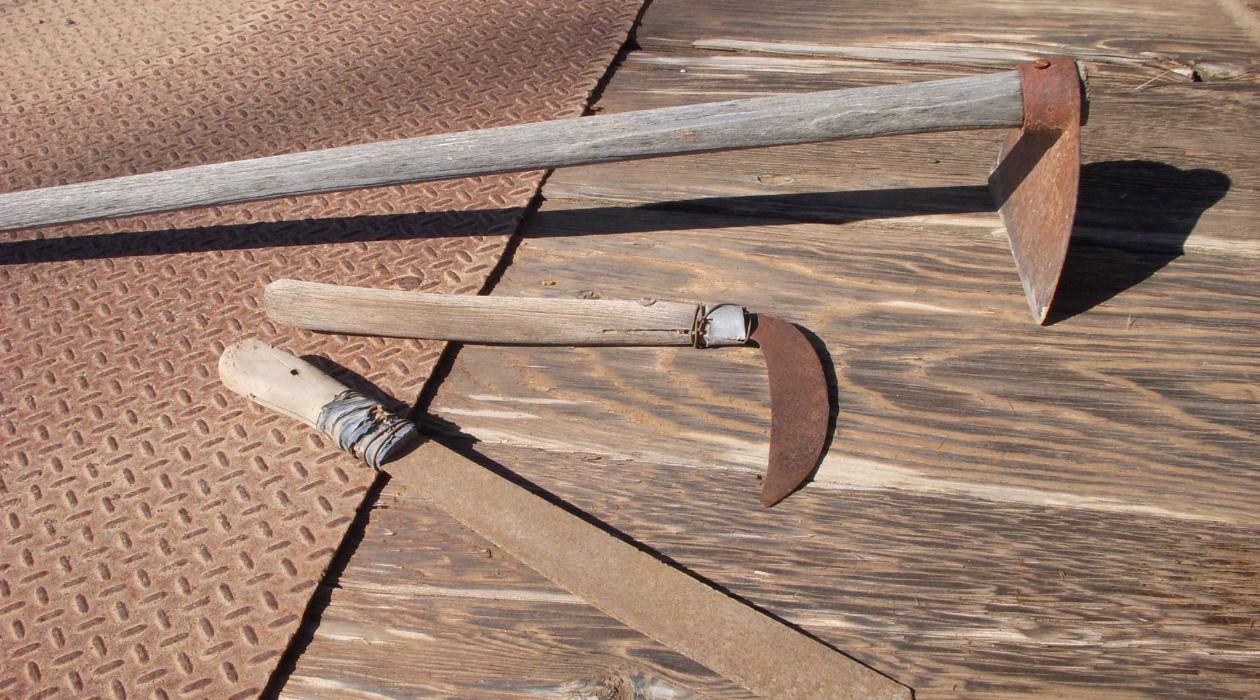
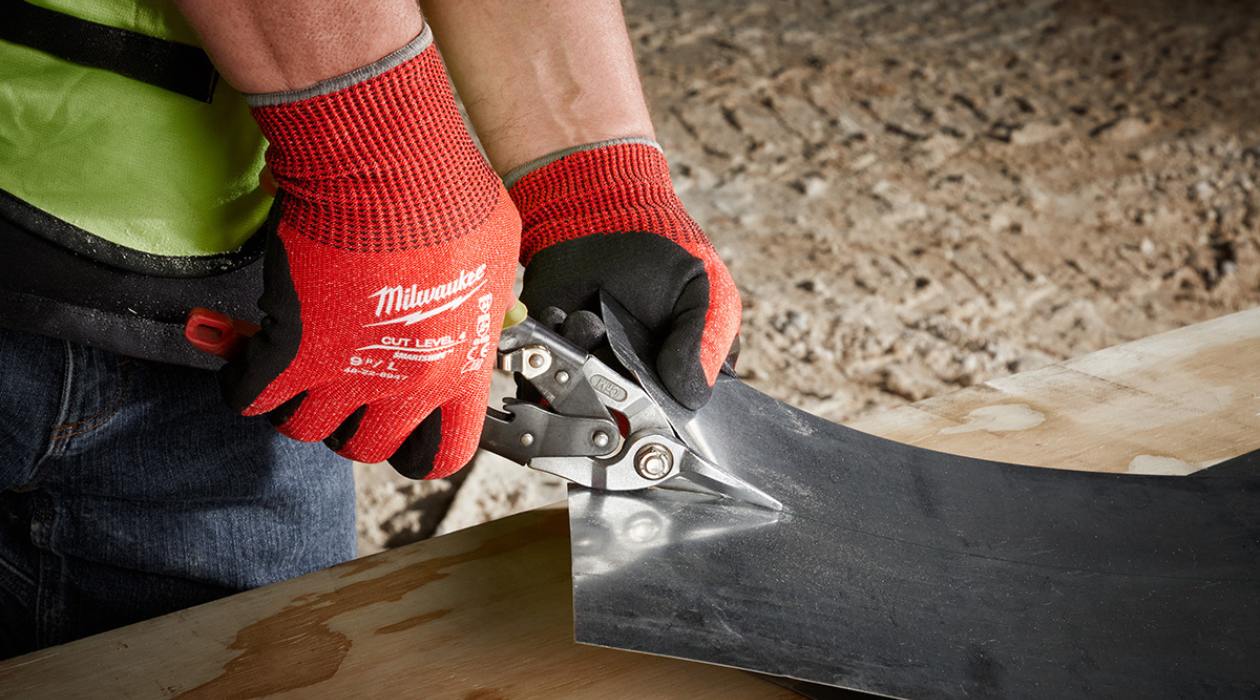
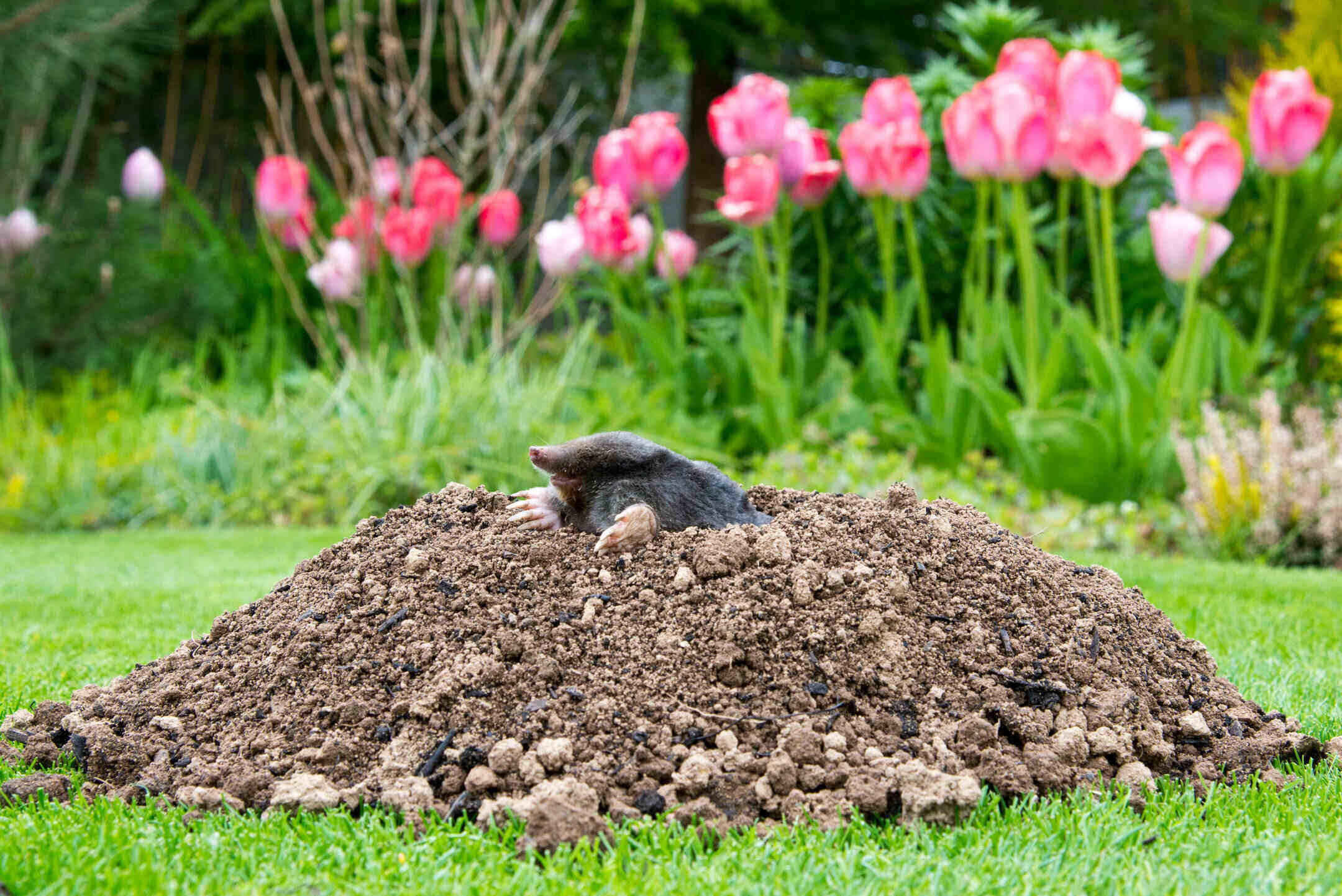
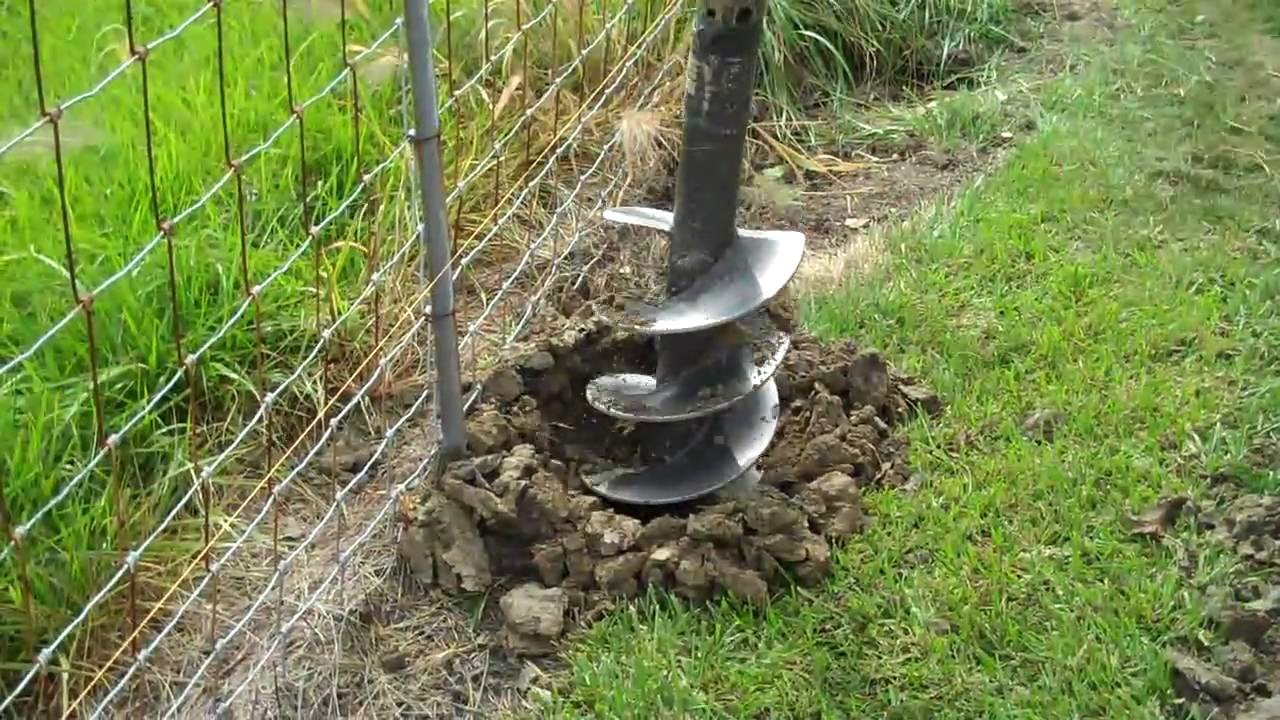
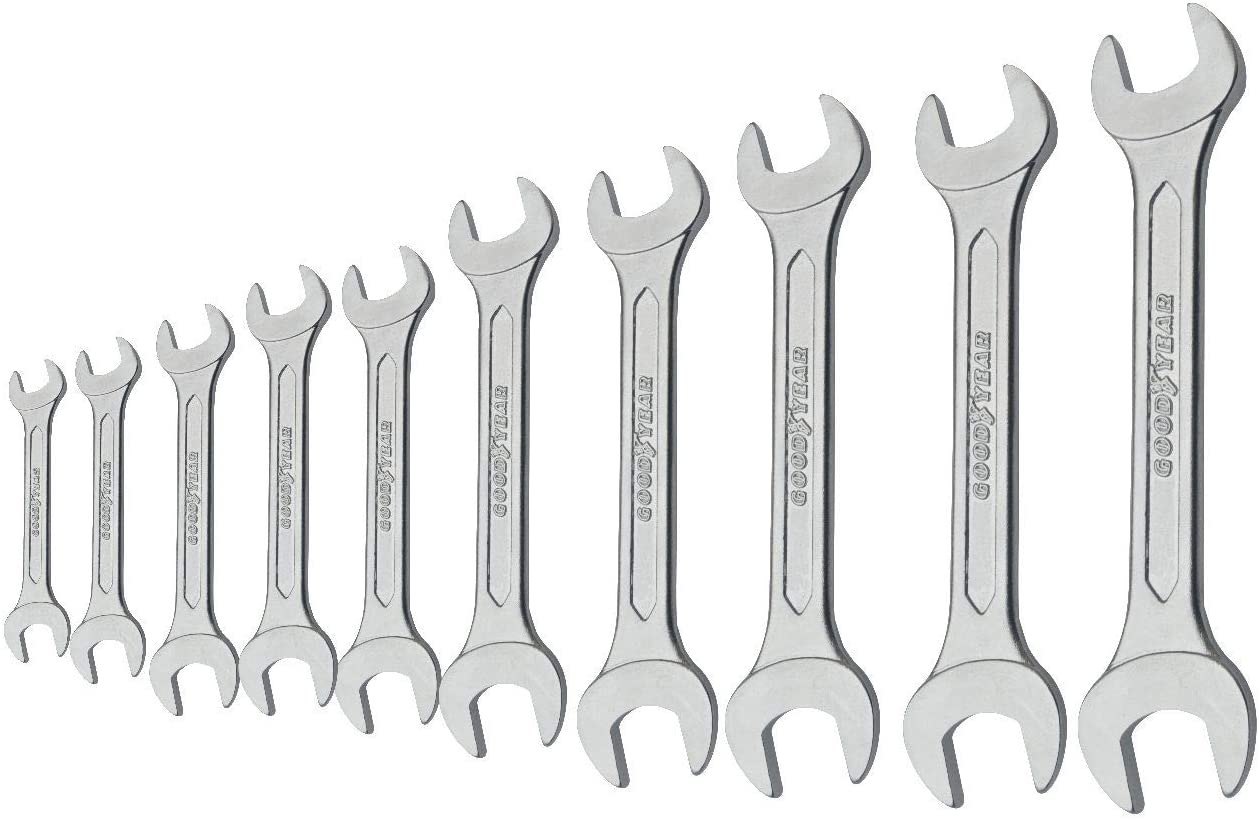
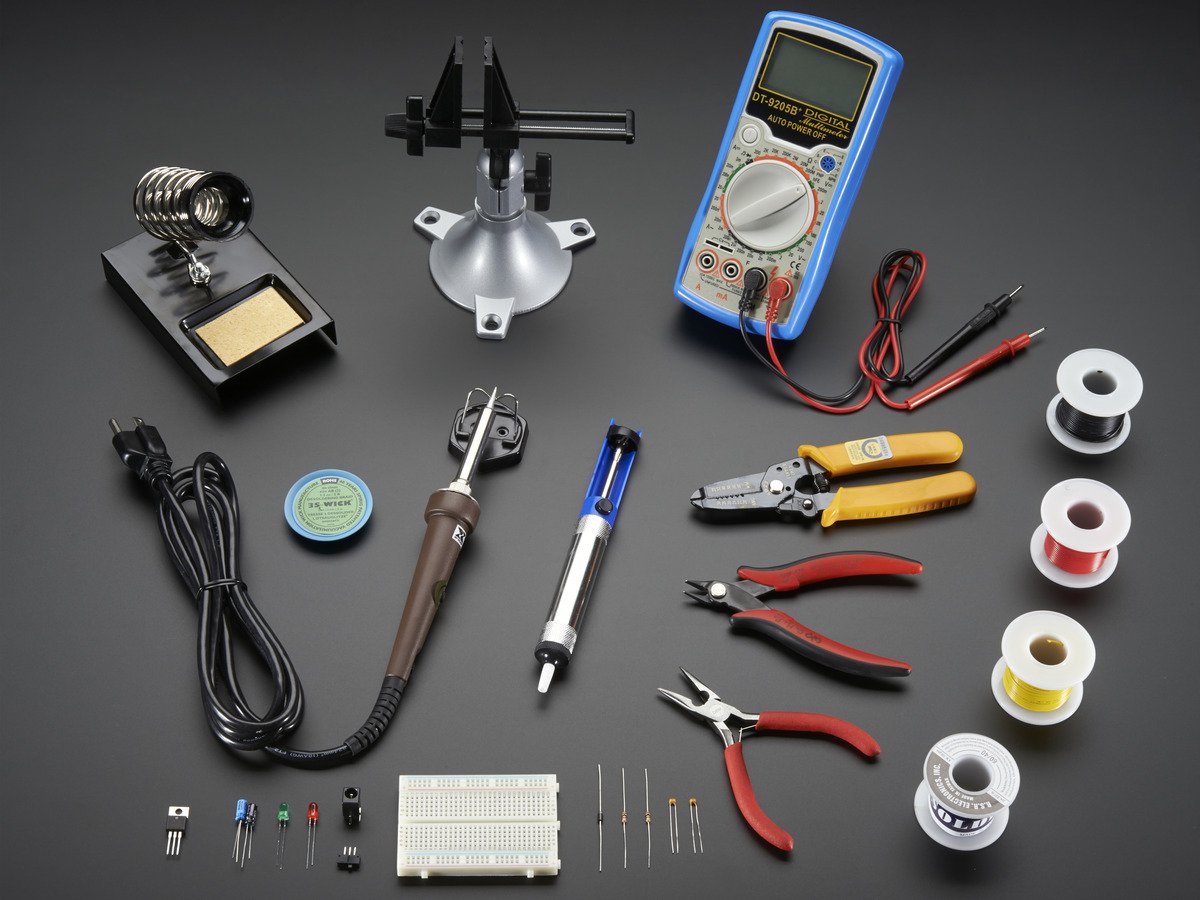
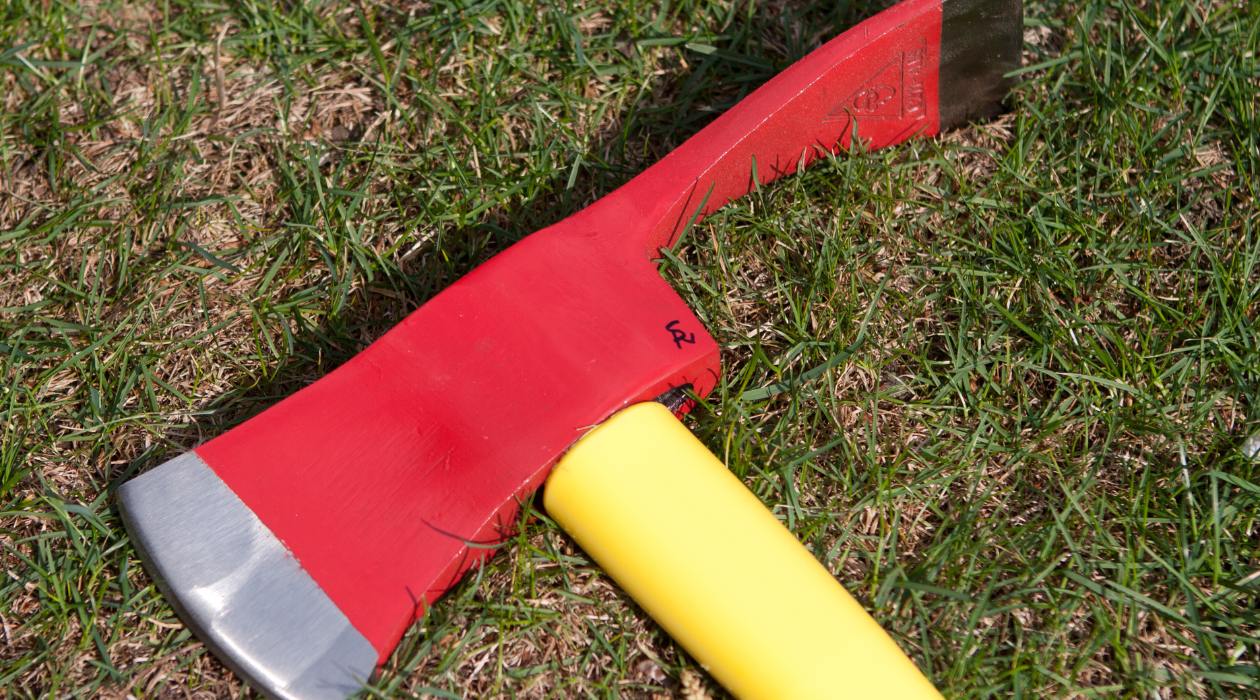
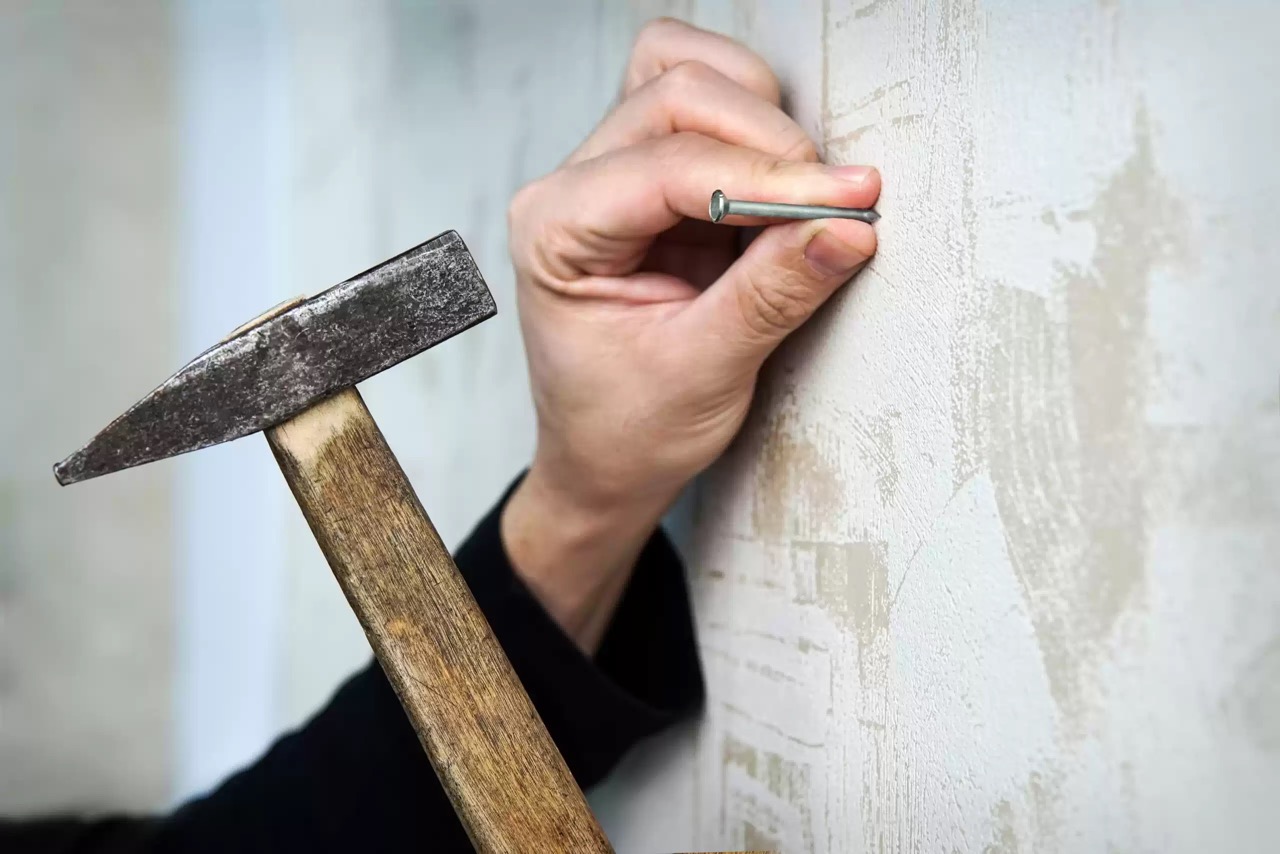

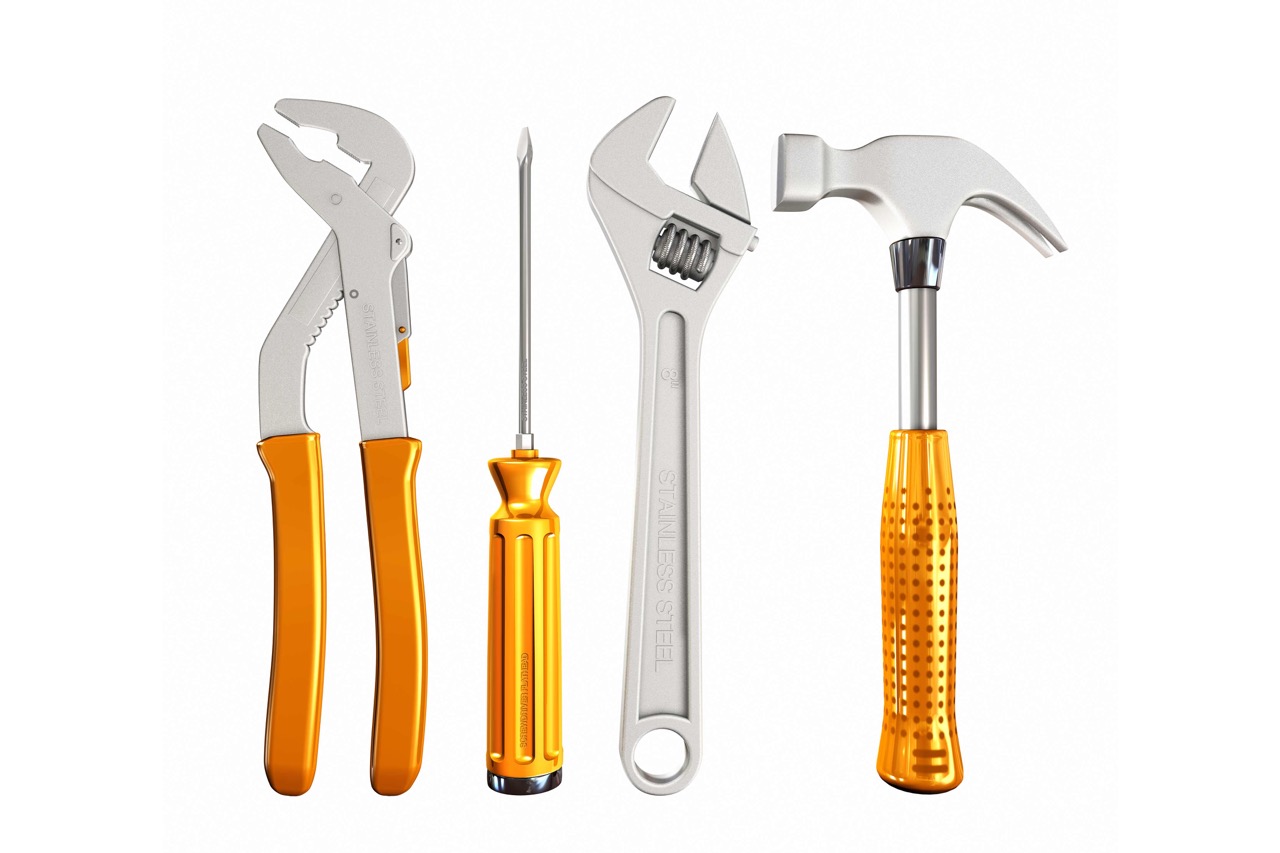
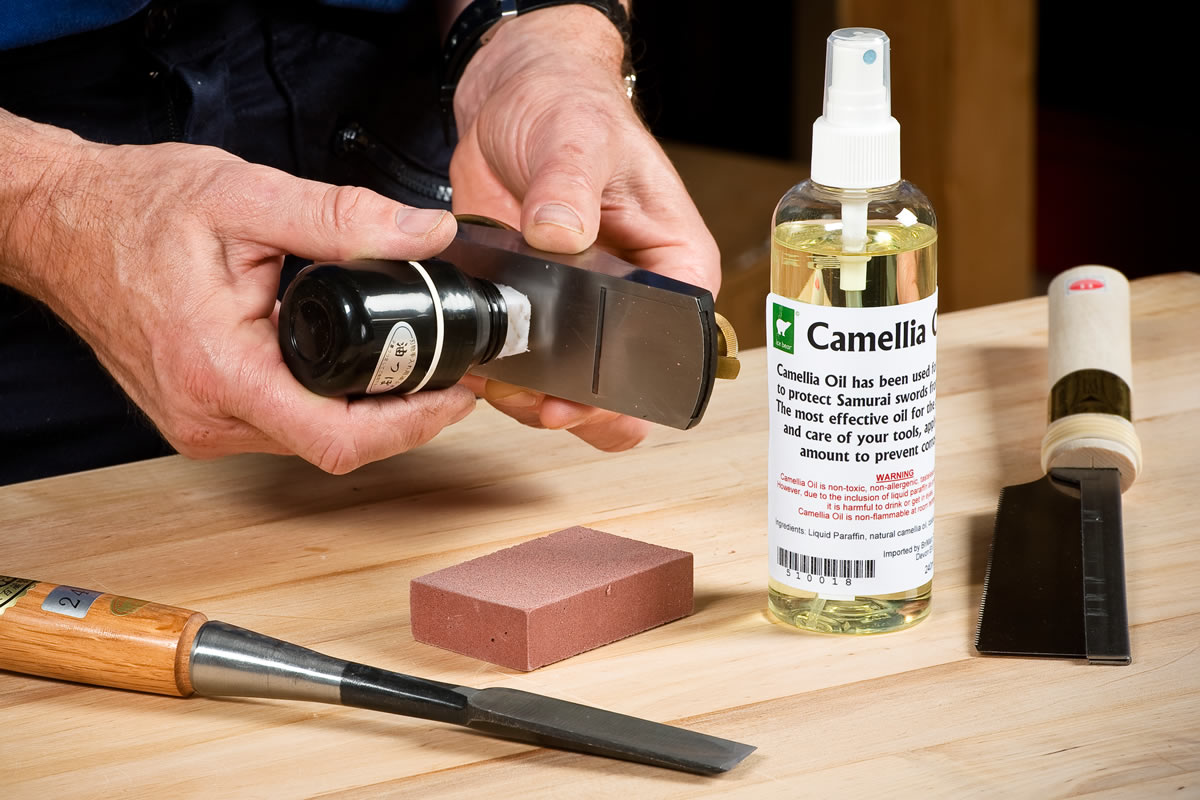
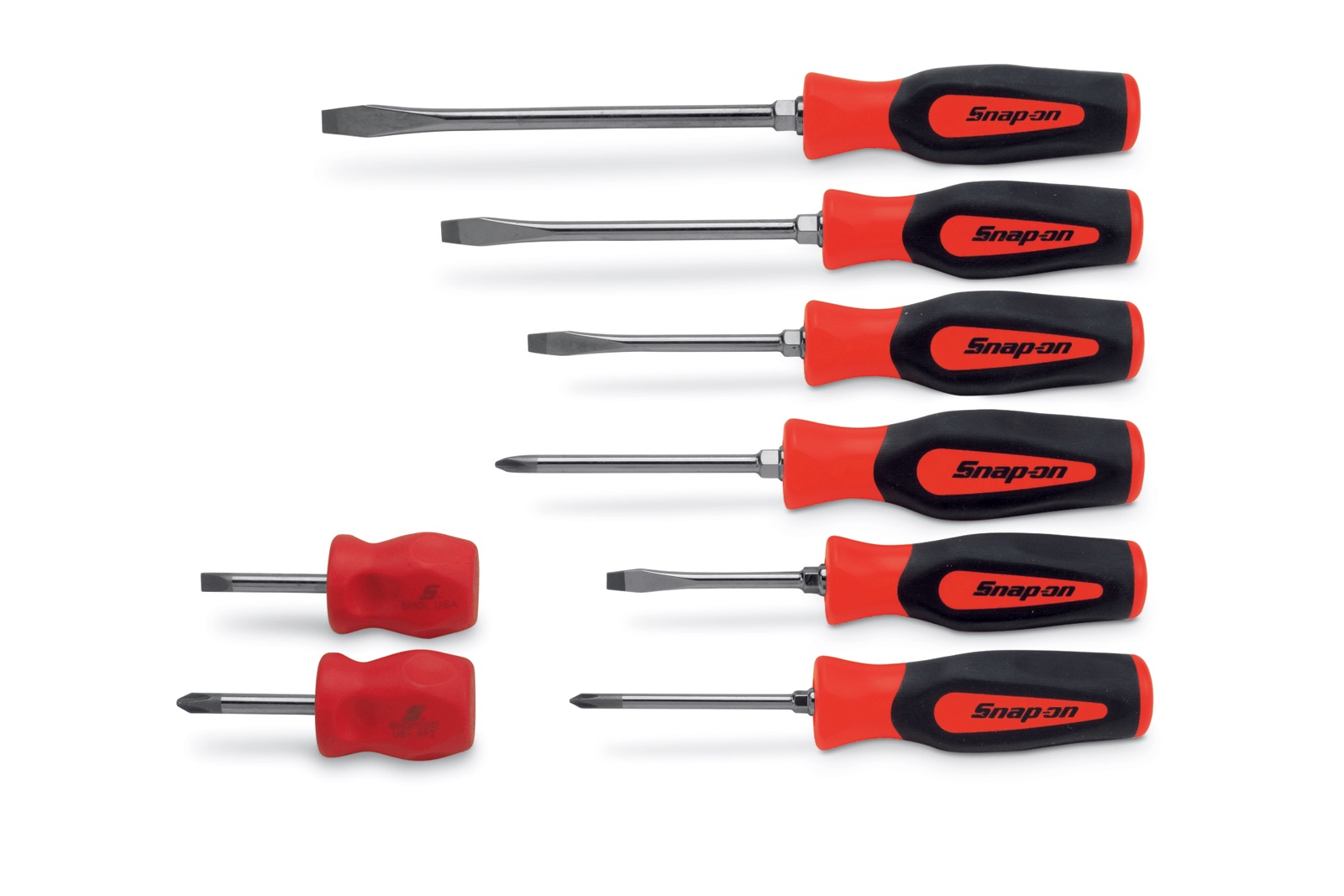
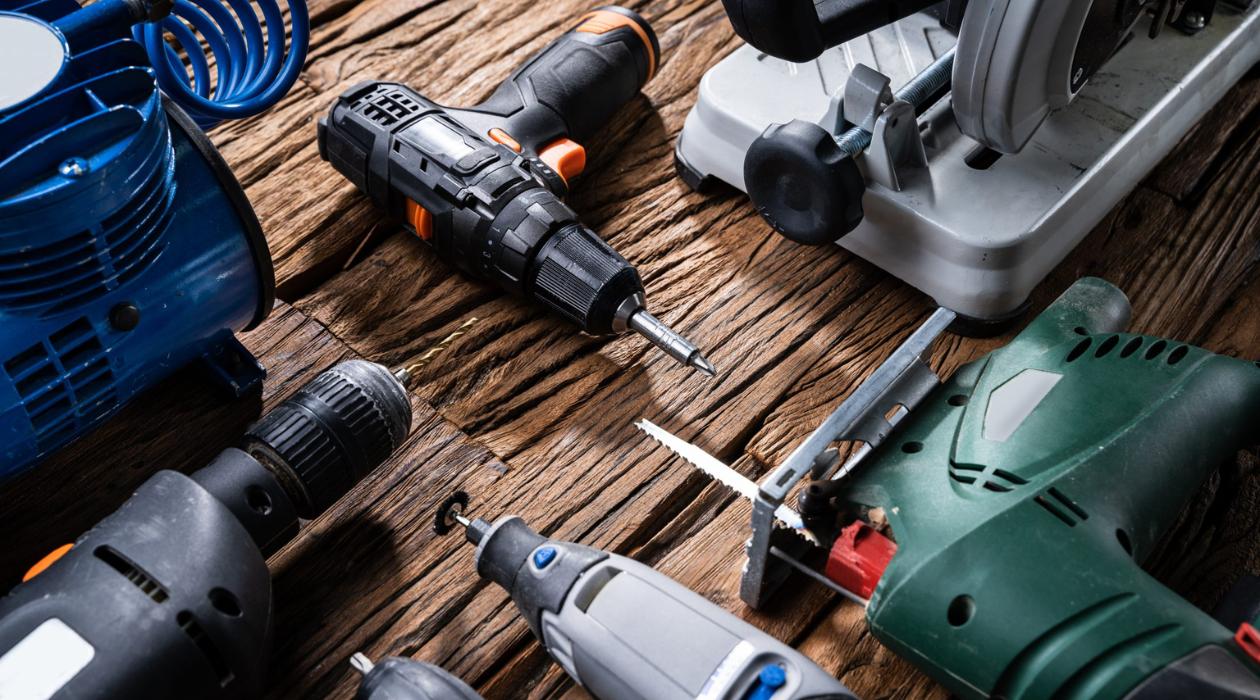

0 thoughts on “What Are The Names Of The Hand Tools Used To Dig Pole Holes By Hand”